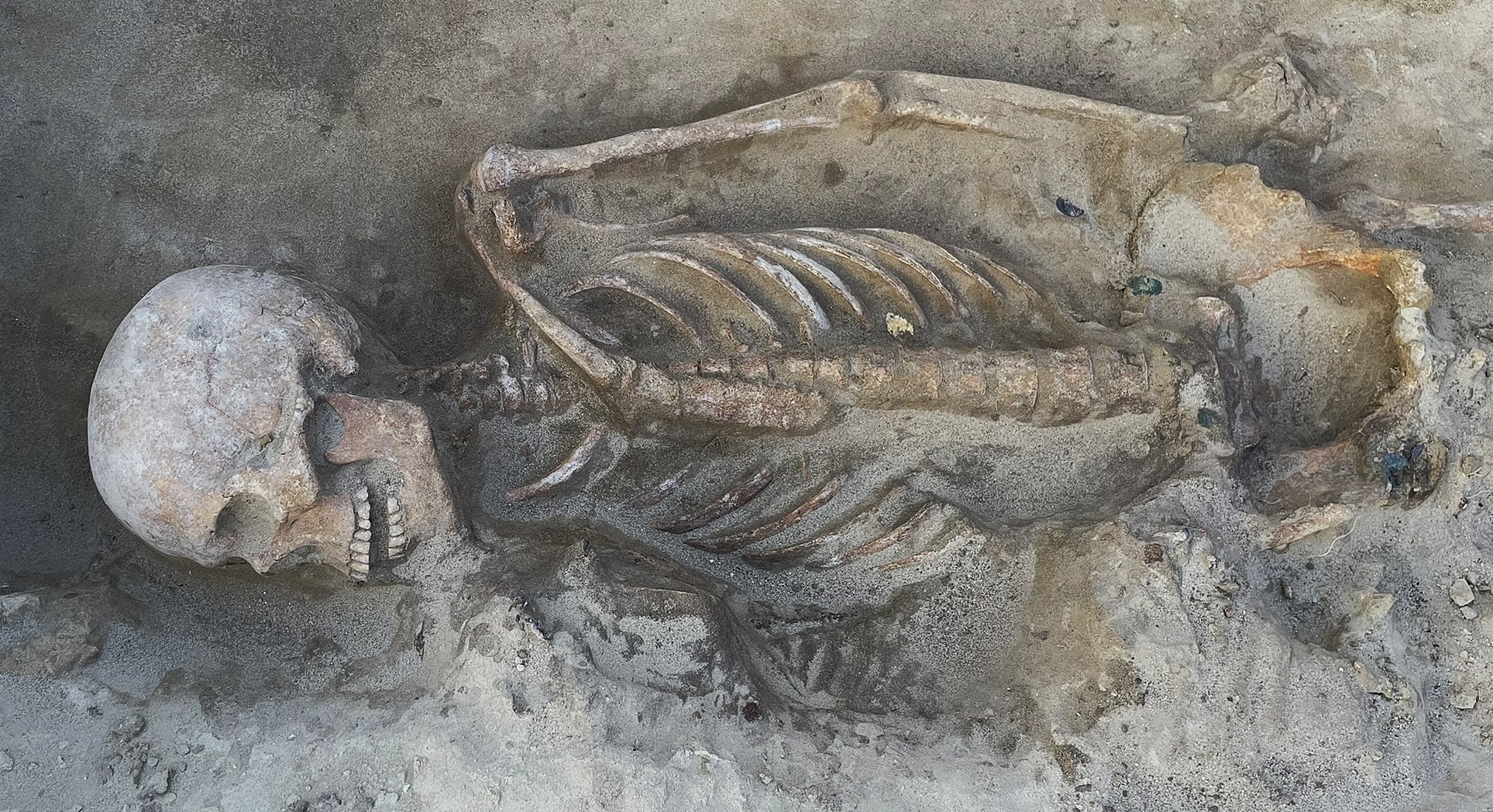Live Sumatran Rhino Captured in Indonesia

A live Sumatran rhinoceros has been captured in the Indonesian part of the island of Borneo, a region where these critically endangered animals were thought to be extinct.
A single camera-trap image and telltale footprints found in 2013 had previously revealed that Sumatran rhinos (Dicerorhinus sumatrensis) still survived in Kalimantan, which makes up the southern 73 percent of Borneo. But this is the first time in 40 years that humans have found a live rhino there. Conservation groups estimate that fewer than 100 Sumatran rhinos are left in the wild, most of which live on the Indonesian island of Sumatra, located west of Borneo.
"This is an exciting discovery and a major conservation success," Pak Efransjah, the CEO of the World Wild Fund for Nature (WWF) in Indonesia, said in a statement. "We now have proof that a species once thought extinct in Kalimantan still roams the forests, and we will now strengthen our efforts to protect this extraordinary species." [A Crash of Rhinos: See All 5 Species]
Protected regions
WWF researchers captured the elusive rhino, a 4- or 5-year-old female, in a pit trap on March 12. The rhino was in Kutai Barat in East Kalimantan. She's now being held in captivity pending a transfer to a protected forest about 93 miles (150 kilometers) away.
Along with the Javan rhino, Sumatran rhinos are barely hanging on in the wild. According to the International Rhino Foundation, they went extinct in Vietnam in 2010 and in Malaysia in 2015. Sumatra boasts three protected national parks where small populations of Sumatran rhinos still survive. Habitat loss, poaching and logging all threaten the animals, and the remaining populations are fragmented.
In Kutai Barat on Borneo, scientists have tracked and identified 15 surviving Sumatran rhinos, but the March 12 capture of the young female is the first physical contact they've made with the animals. WWF-Indonesia and other members of the Sumatran Rhino Conservation Team hope to transfer at least two other Kutai Barat rhinos to the protected forest nearby. The goal is to create a new Sumatran rhino sanctuary on the island to prevent the last of the species from disappearing from the area.
Get the world’s most fascinating discoveries delivered straight to your inbox.
"This is a race against time for rhino conservation," Efransjah said. "Providing a safe home is the only hope for the survival of the Sumatran rhino for many generations to come."
Endangered rhinos
There are five rhinoceros species throughout Africa and southeast Asia. The Javan rhino is the most threatened, with only 63 left living in the wild in Indonesia's Ujung Kulon National Park, according to the WWF. Most Sumatran rhinos also survive only in three national parks in Indonesia.
The International Union for Conservation of Nature (IUCN) considers that the greater one-horned rhino is "vulnerable" to becoming endangered In India and Nepal. There are more than 3,000 greater one-horned rhinos in the wild, up from fewer than 200 a century ago, according to the International Rhino Foundation.
In Africa, conservation efforts have brought back the southern white rhinoceros from the brink of extinction. Around 20,000 survive in the wild. The other white-rhino subspecies, the southern white rhino, however, is extinct in the wild due to poaching and habitat loss. Only three northern white rhinos still survive in captivity, and none are capable of reproducing naturally. Scientists are now trying to develop in vitro fertilization technology to save that subspecies.
Follow Stephanie Pappas on Twitter and Google+. Follow us @livescience, Facebook & Google+. Original article on Live Science.

Stephanie Pappas is a contributing writer for Live Science, covering topics ranging from geoscience to archaeology to the human brain and behavior. She was previously a senior writer for Live Science but is now a freelancer based in Denver, Colorado, and regularly contributes to Scientific American and The Monitor, the monthly magazine of the American Psychological Association. Stephanie received a bachelor's degree in psychology from the University of South Carolina and a graduate certificate in science communication from the University of California, Santa Cruz.



